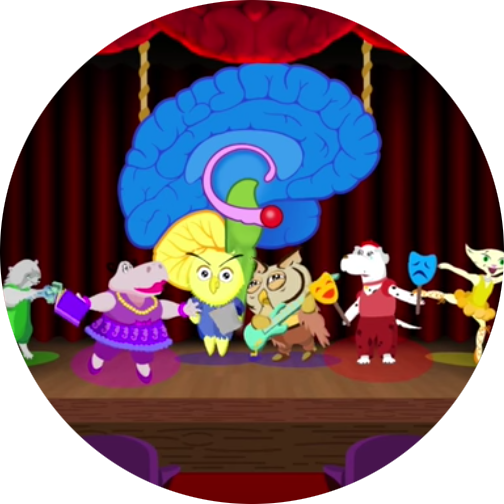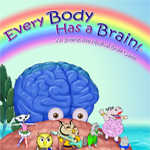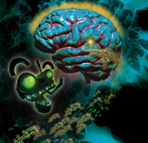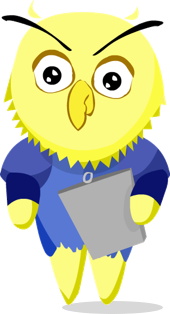
NeuroPlay Adventures: Resources for Parents and Teachers
These lesson plans can be used in a variety of ways to support students ages 5-8 in learning about the brain.
Each lesson addresses numerous NextGen Science and Engineering Standards, Common Core Literacy Standards, as well as core competencies outlined by the Collaborative for Academic, Social and Emotional Learning.
Please use the "View Lesson" button to find lesson plans for your students.
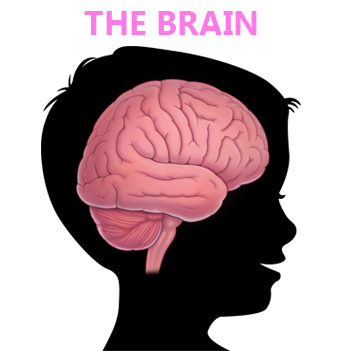
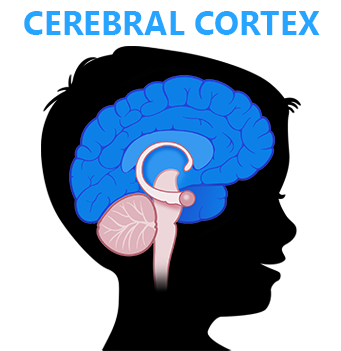
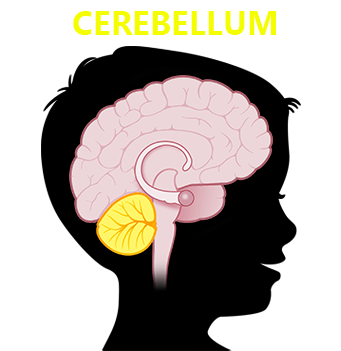
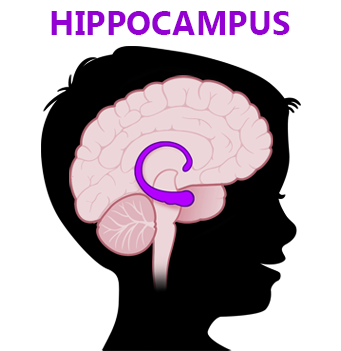
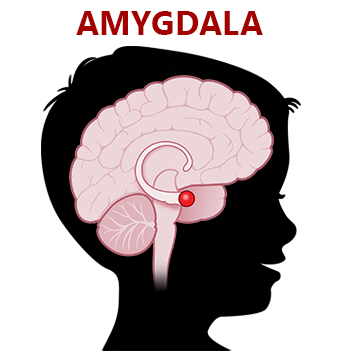
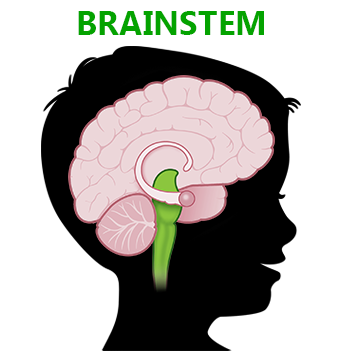
Every Body Has a Brain: Resources for Parents and Teachers
These lesson plans can be used in a variety of ways to support students ages 4-6 in learning about the brain.
Each lesson addresses numerous NAEYC Accreditation Criteria for Curriculum Standards, National Science Standards, and Headstart Indicators for Science and Language Development.
Please use the "View Lesson" button to find lesson plans for your students.

Ages 4-6
Ages 4-6

Ages 4-6


Ages 4-6

Neuromatrix: Resources for Parents and Teachers
These lesson plans can be used in a variety of ways to support students ages 9-15 in learning about the brain.
Each addresses numerous middle school science and language standards.
Please use the "View Lesson" button to find lesson plans for your students.





